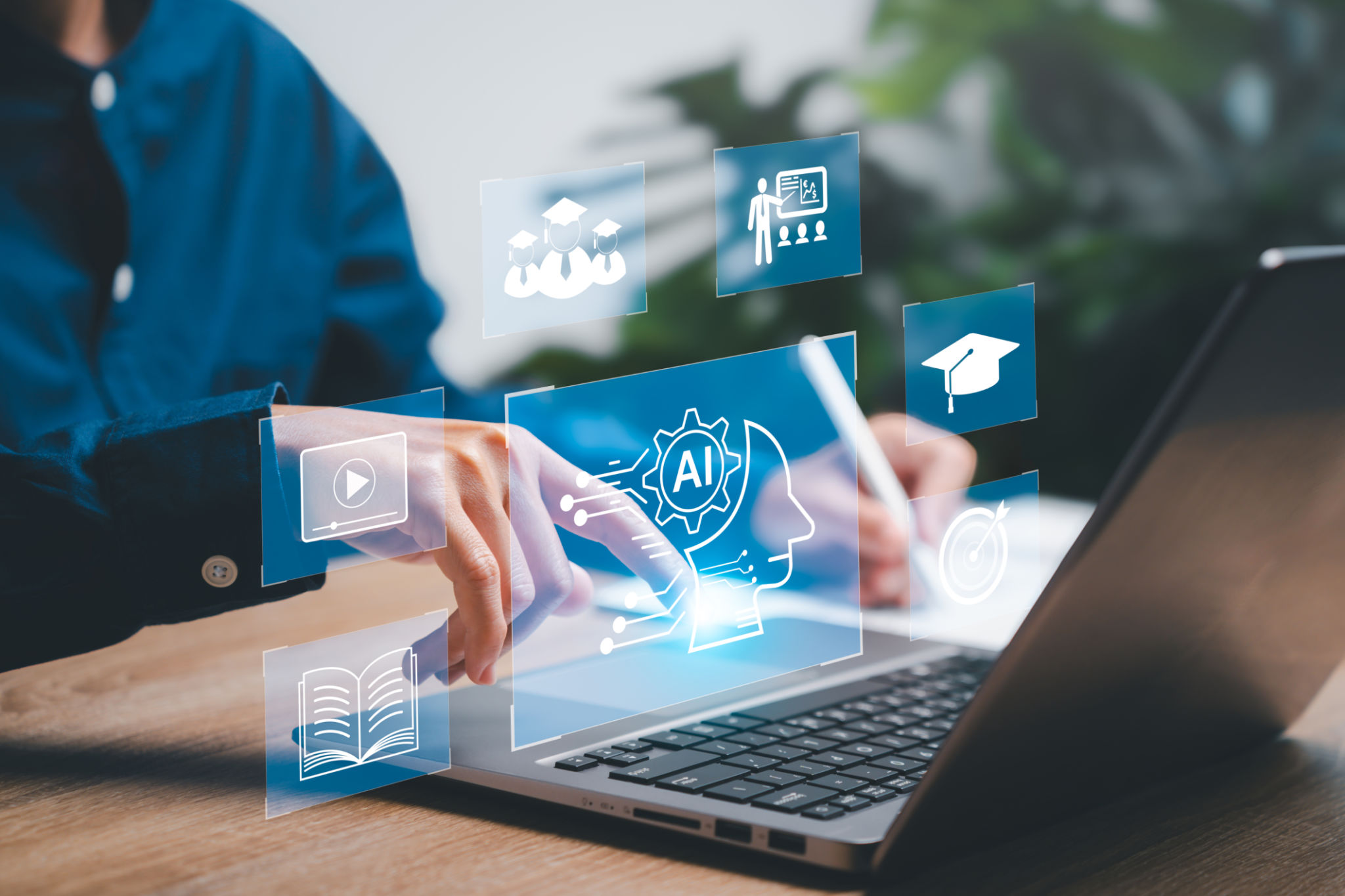Top IT Trends Shaping the Future of Remote Work Technology Solutions
Introduction to Remote Work Technology
Remote work has evolved from a niche practice to a mainstream business strategy, especially in recent years. The advent of advanced IT solutions is continuously shaping how businesses operate remotely. From communication tools to security measures, technology plays a critical role in ensuring productivity and collaboration among distributed teams.
Understanding the latest IT trends in remote work technology is crucial for businesses aiming to stay competitive. As the landscape changes rapidly, companies must adapt to new tools and practices to maintain efficiency and employee satisfaction.

Cloud Computing and Collaboration Tools
Cloud computing remains at the forefront of remote work technology. By providing employees with access to company data and applications from any location, cloud solutions have become indispensable. Platforms like Microsoft Azure, Google Cloud, and Amazon Web Services enable seamless collaboration among team members.
Moreover, collaboration tools such as Slack, Microsoft Teams, and Zoom have become essential for maintaining communication and teamwork within remote setups. These platforms offer features like video conferencing, chat rooms, and file sharing, allowing teams to stay connected regardless of their physical locations.
Integration and Interoperability
As more businesses adopt diverse tools for different functions, ensuring integration and interoperability between these platforms is vital. Solutions that can easily connect and share data across different applications streamline workflows and improve efficiency.
- Enhanced data sharing capabilities
- Unified communication platforms
- Customizable workflows

Artificial Intelligence and Automation
The incorporation of artificial intelligence (AI) and automation into remote work processes is revolutionizing productivity. AI-driven tools can manage repetitive tasks, analyze vast amounts of data, and provide insights that aid decision-making.
Automation reduces the manual workload on employees, allowing them to focus more on strategic initiatives. Furthermore, AI-powered chatbots and virtual assistants improve customer service by providing instant responses to queries.
Personalized Work Experiences
AI also contributes to creating personalized work experiences by analyzing user behavior and preferences. This personalization enhances employee engagement and satisfaction, contributing to better overall performance.

Cybersecurity in Remote Work
The shift to remote work has brought cybersecurity to the forefront of IT concerns. With employees accessing company networks from various locations, ensuring data protection is more challenging than ever. Businesses must adopt robust security measures to safeguard sensitive information.
Implementing multi-factor authentication, end-to-end encryption, and regular security audits are some of the strategies companies use to enhance security. Additionally, educating employees about potential threats and safe online practices is crucial in preventing breaches.
Zero Trust Architecture
The concept of Zero Trust Architecture is gaining traction as a leading cybersecurity approach. It operates on the principle of never trusting, always verifying users and devices before granting network access. This model significantly reduces the risk of unauthorized access and data breaches.

